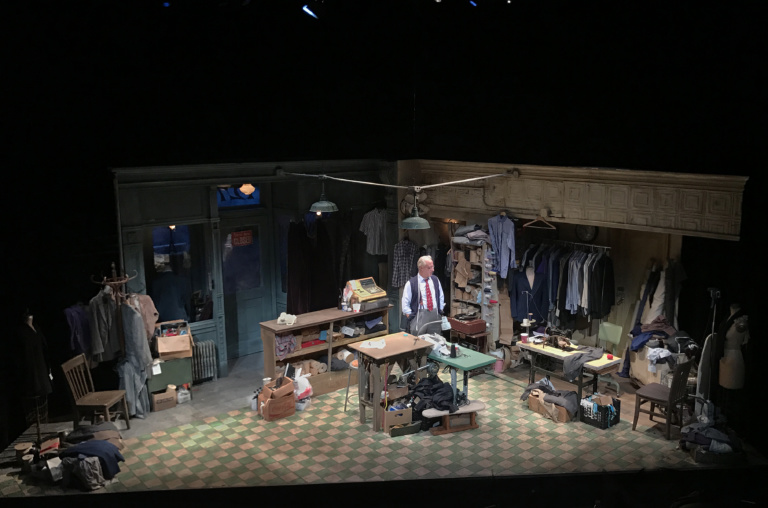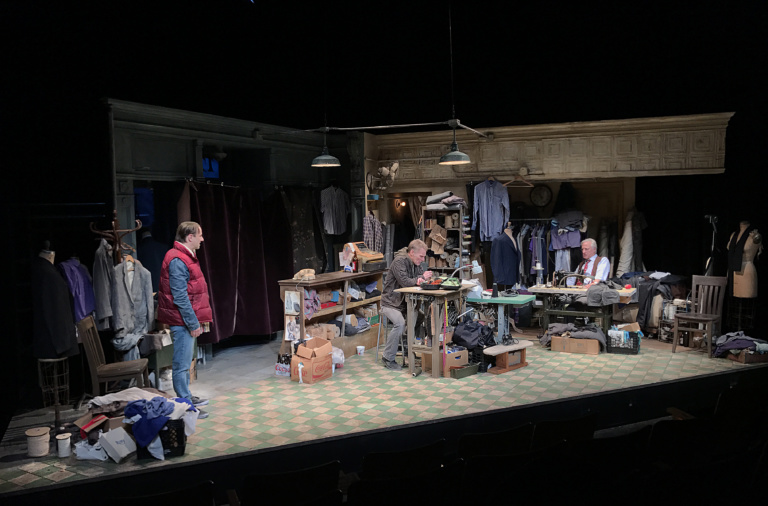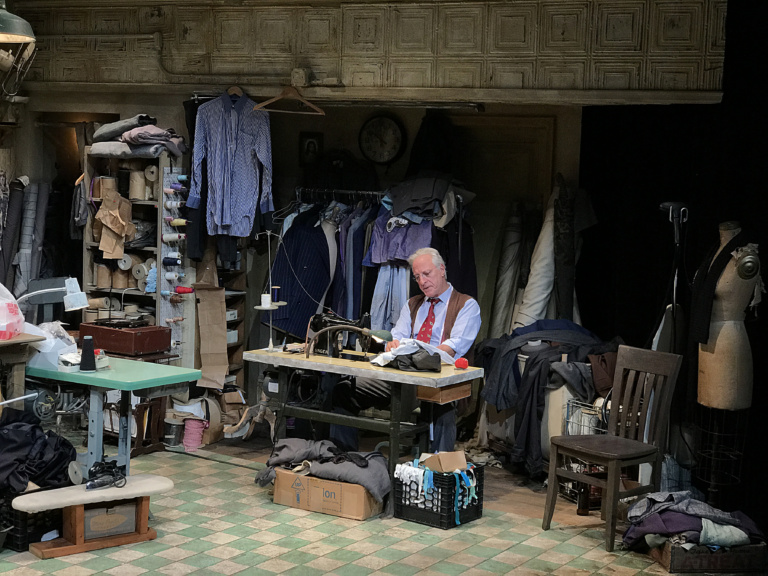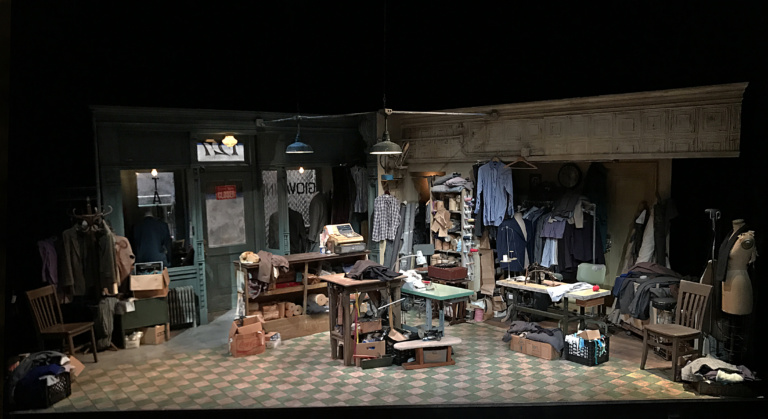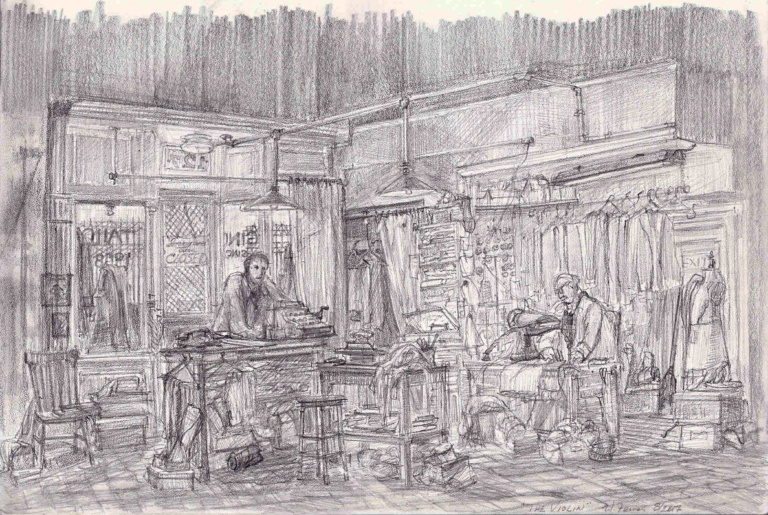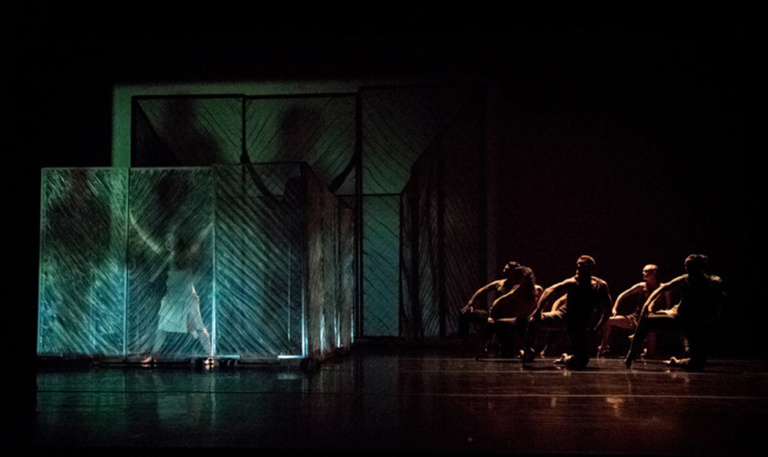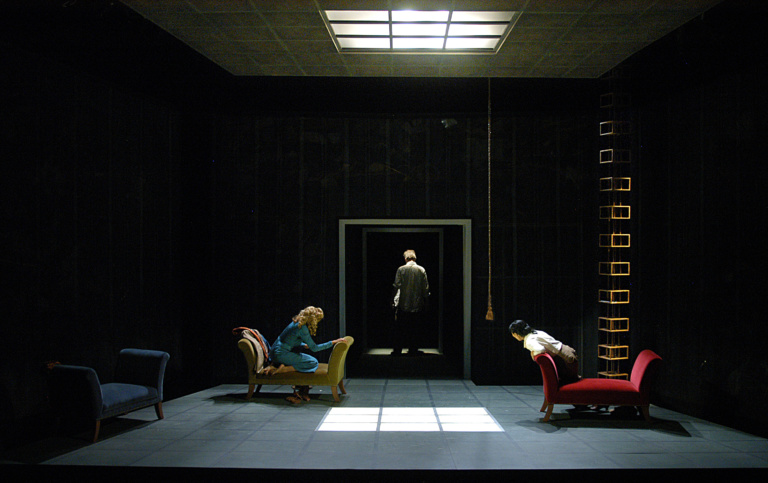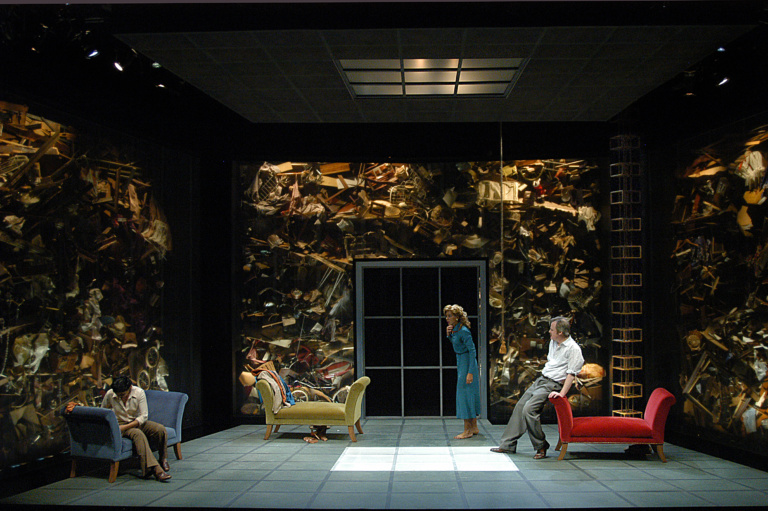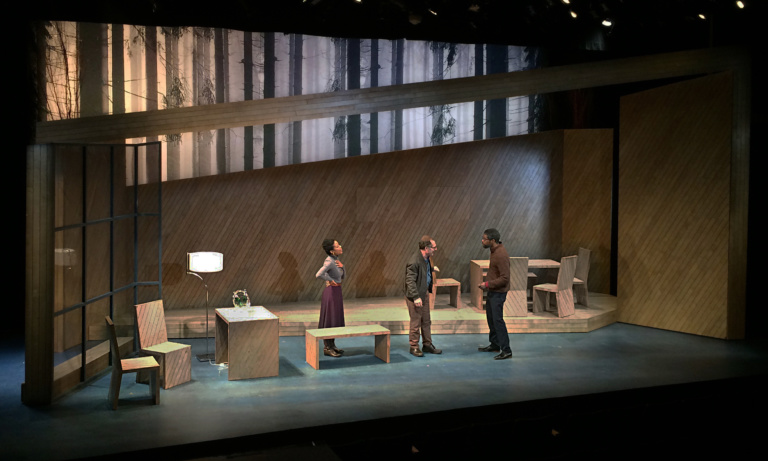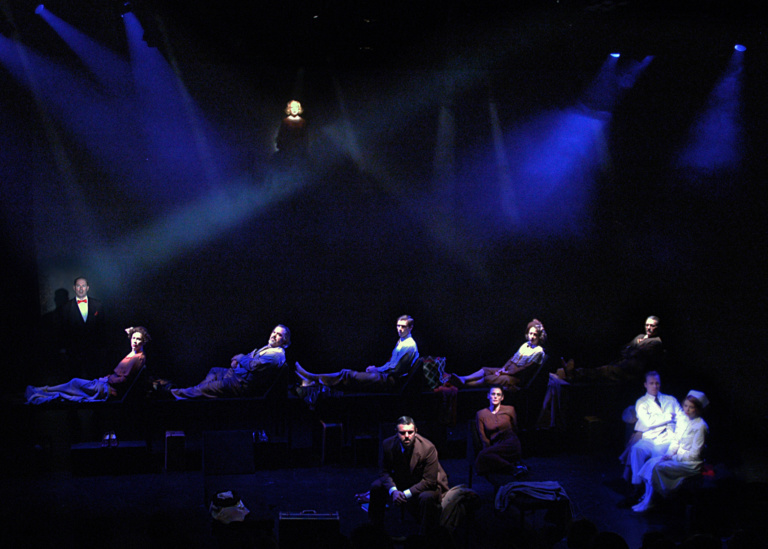Harry Feiner
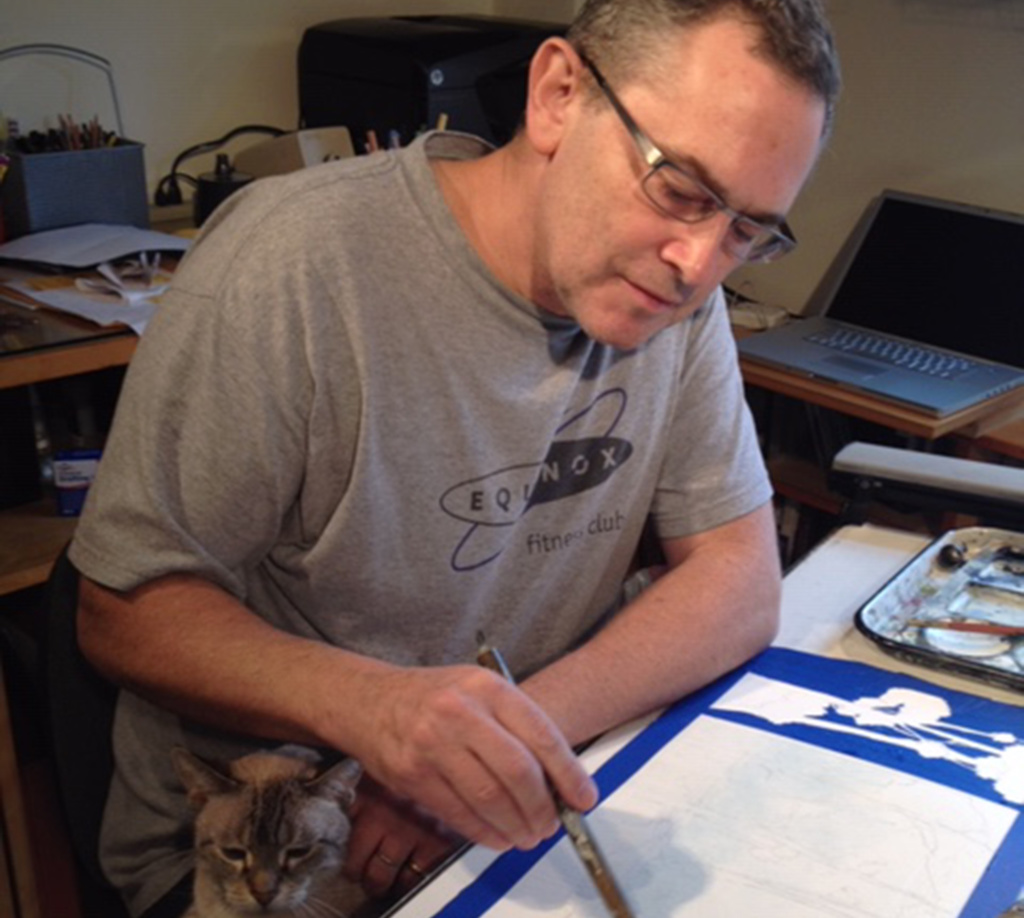
I was born and raised in the suburbs of New York City, in Port Chester, NY. Originally I was interested in science, and entered SUNY Albany as a pre-med major. In my first semester I took the usual Introduction to Theatre class, and volunteered as a stage hand on the department shows. I was offered an assistantship as a carpenter and became interested in technical theatre, working my way through college as a scenic carpenter, welder and rigger.
Eventually I became an electrician, interested in lighting design, and was given several opportunities to design as an undergraduate. As I became interested in graduate school, I began to take drawing classes and experiment with scene design. I applied to several graduate MFA programs in theatre design as a lighting designer, and decided to go to Brandeis University where Howard Bay was the principal teacher.
Brandeis had a strongly drawing oriented program. We all went to the wonderful research library at the Boston Public Library, filling one sketchbook after another with research drawings for period architecture, costumes and furnishings. And we all took life drawing, rendering and scenic painting, every week, taught by the master scenic artist Bob Moody.
Another important influence was the work of Jo Mielziner. Many of my mentors referred me to books on his work. The meshing of painting and light as they combine to define space that was unique to his work and Howard Bay’s approach, was a great influence on how I thought about design. Mielziner and Bay were of the generation that often designed both scenery and lights together, (and sometimes costumes as well). Thinking about the theatrical environment as whole knitted together by light, seems to me to be what defines the visual experience of theatre. How space and materials will read under light, and their ability to change under light, is foremost in my thought as I work on a project.
Another positive trait that I feel I gained from the drawing and painting background of my training is an attitude of constant change, invention and adaptation that is one of the great joys working in the theatre. When you sketch every day, you are always experimenting. The tactile aspect of drawing creates an awareness of the dimensionality of the environment the performer will inhabit. These are qualities I try to communicate to my students at Queens College.
back / zpátky